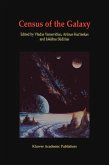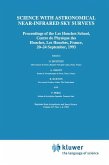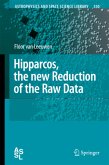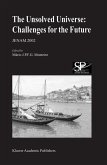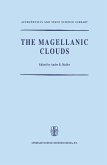Astrometry from space was performed for the first time and with great success by the ESA Hipparcos satellite (1989-93). This mission was designed as an as trometry mission, but the use of a photon counting detector made it possible to produce very important photometric results: the most accurate astronomical pho tometry ever by the main Hipparcos mission in a very broad band of 120000 stars, and the two-colour Tycho-2 photometry of 2.5 million stars. The cornerstone ESA mission GAIA was approved in October 2000 for launch not later than 2012. This mission will use CCDs in time-delayed integration mode instead of the photo-cathode detectors used in Hipparcos. Due to the higher quantum efficiency of the CCDs, simultaneous integration of many stars, and larger tele scope apertures GAIA will utilize the star light a million times more efficiently than Hipparcos, resulting in astrometry and multi-colour photometry for one billion stars. GAIA photometry is crucial for the scientific utilization of the astrometric results, and the photometric data have a high scientific content in themselves.
Bitte wählen Sie Ihr Anliegen aus.
Rechnungen
Retourenschein anfordern
Bestellstatus
Storno


